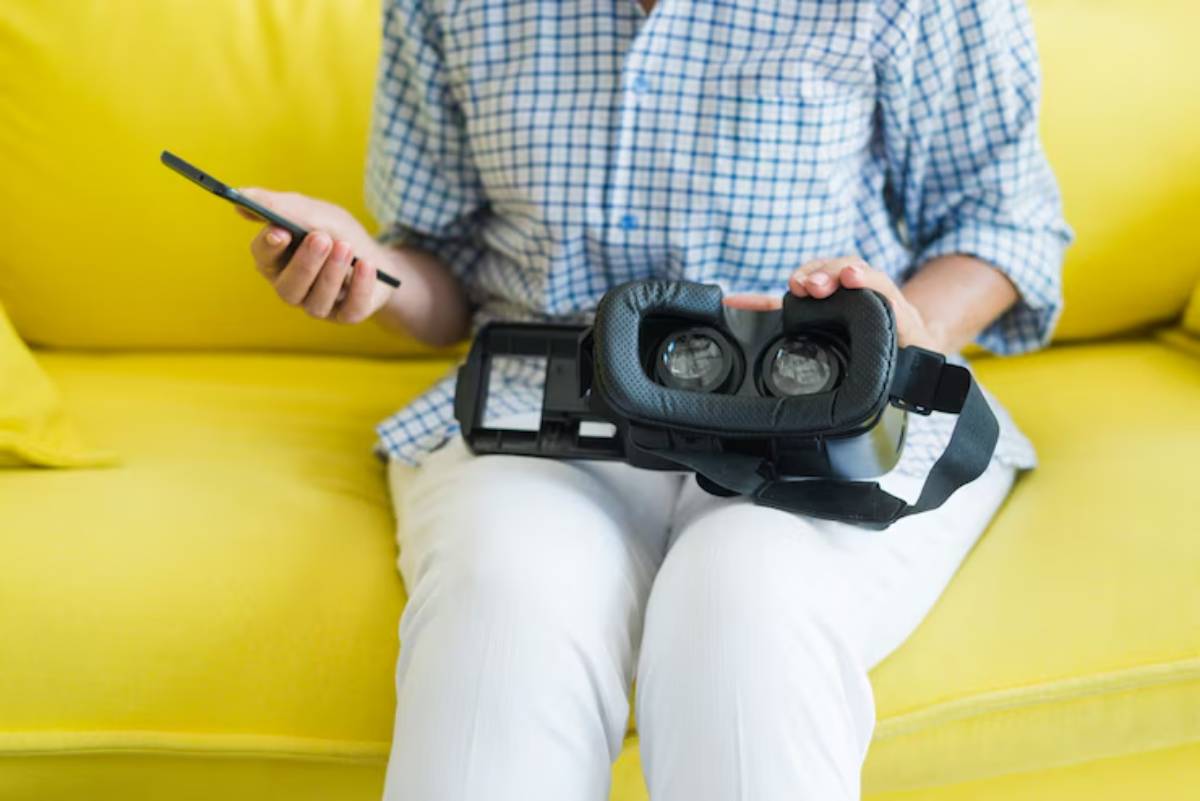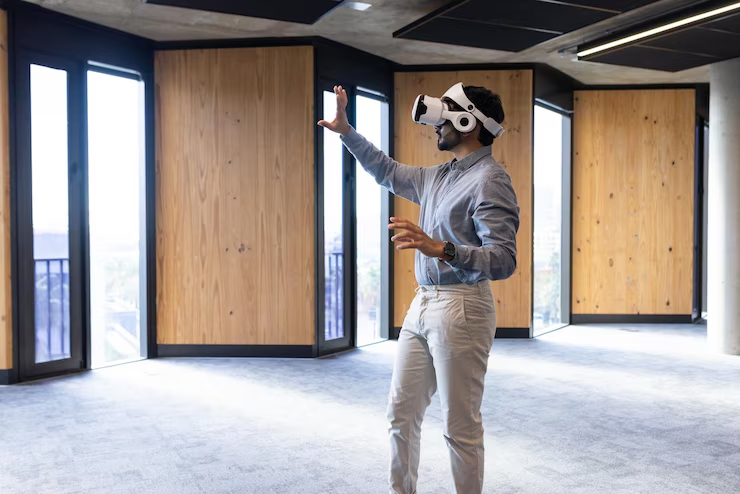
How to Set Up Room-Scale VR Safely
Room-scale virtual reality can turn your living room into a boxing ring, art studio, or alien world. But without a proper setup, what starts as fun can quickly lead to stubbed toes, broken furniture, or worse—damaged equipment. Creating a safe VR play area is not just about space; it’s about strategy, sensors, and smart decisions.
This guide walks you through how to set up room-scale VR safely, helping you avoid injuries, protect your gear, and get the most immersive experience possible—no matter the size of your room.
Understanding the Core
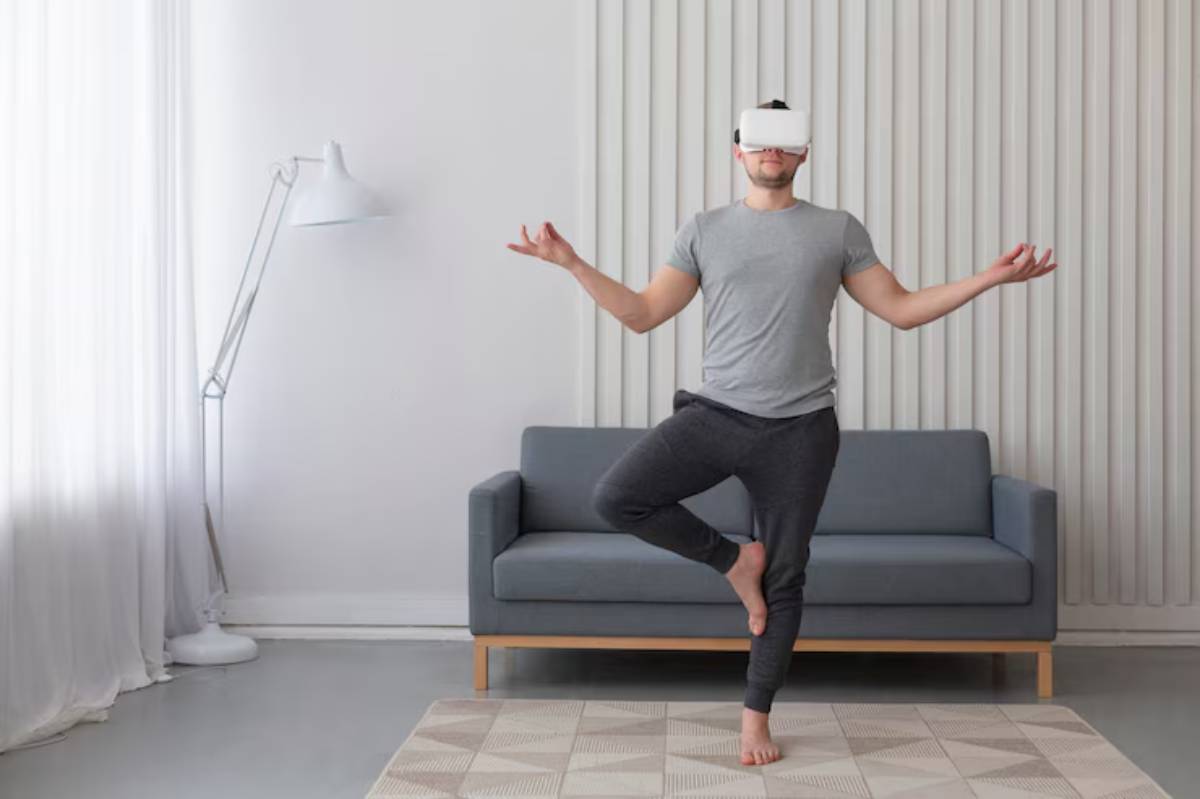
What Is Room-Scale VR — and Why Safety Matters
Room-scale VR lets you walk, dodge, stretch, or crouch within a defined physical space while your movements are mirrored inside a virtual environment. Unlike seated or stationary VR, it requires clear boundaries and reliable tracking systems to function well.
Commonly used with systems like the Valve Index, HTC Vive, and Meta Quest series, room-scale VR enhances immersion by letting you physically move through your virtual world. However, the benefits come with risks. Poor planning can lead to tripping over cables, hitting walls, or even disorientation-induced accidents.
Data from VR injury reports indicates that the majority of mishaps stem from inadequate space, poor lighting, or lack of clear floor zones. This guide provides a structured, actionable plan to set things up the right way.
Checklist at a Glance
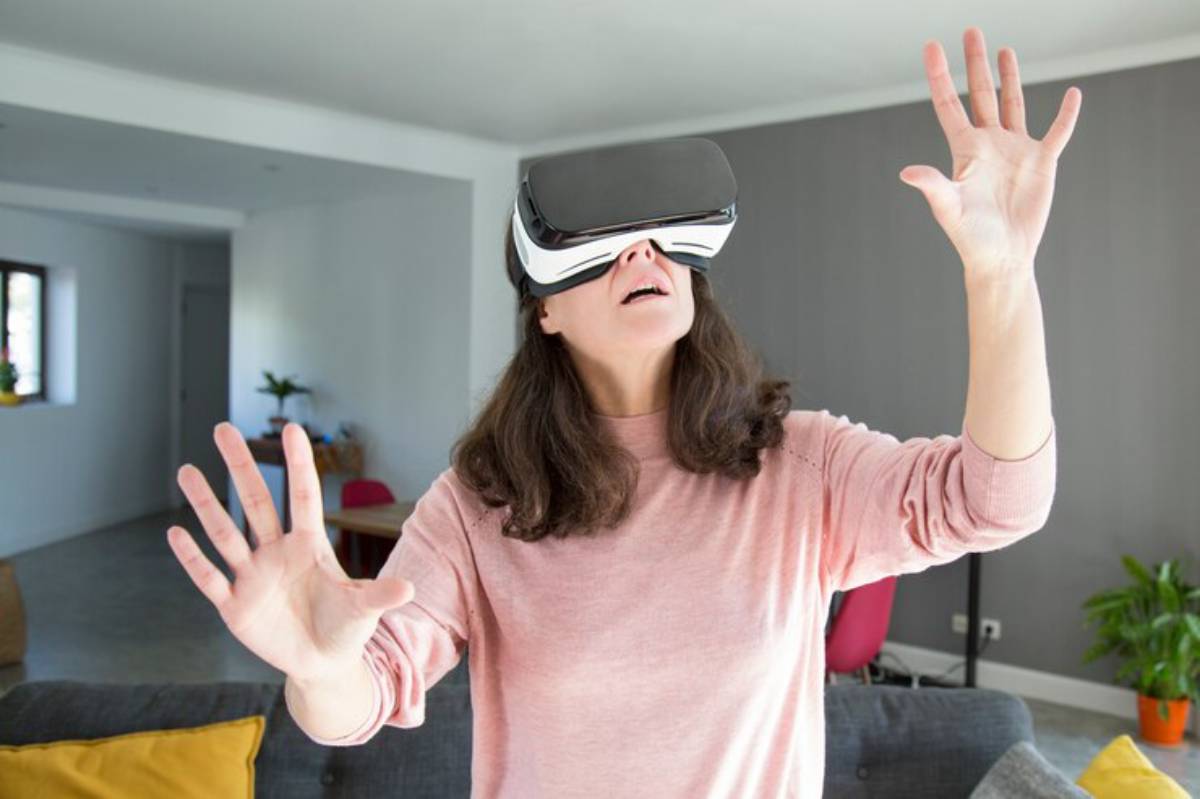
- Measure and clear at least 2m x 2m of open space
- Remove sharp-edged furniture or fragile items
- Check your ceiling height — at least 2.3m is ideal
- Install or activate boundary systems (Guardian, Chaperone, etc.)
- Ensure non-slip flooring or use a stable mat
- Secure wires and keep them out of your play area
- Set up external sensors or ensure inside-out cameras have good visibility
- Provide soft ambient lighting—no direct glare
- Test all sensors and tracking coverage before starting
- Warm up with low-movement games to adjust safely
Step-by-Step Guide: How to Practise Safe Room-Scale VR Setup
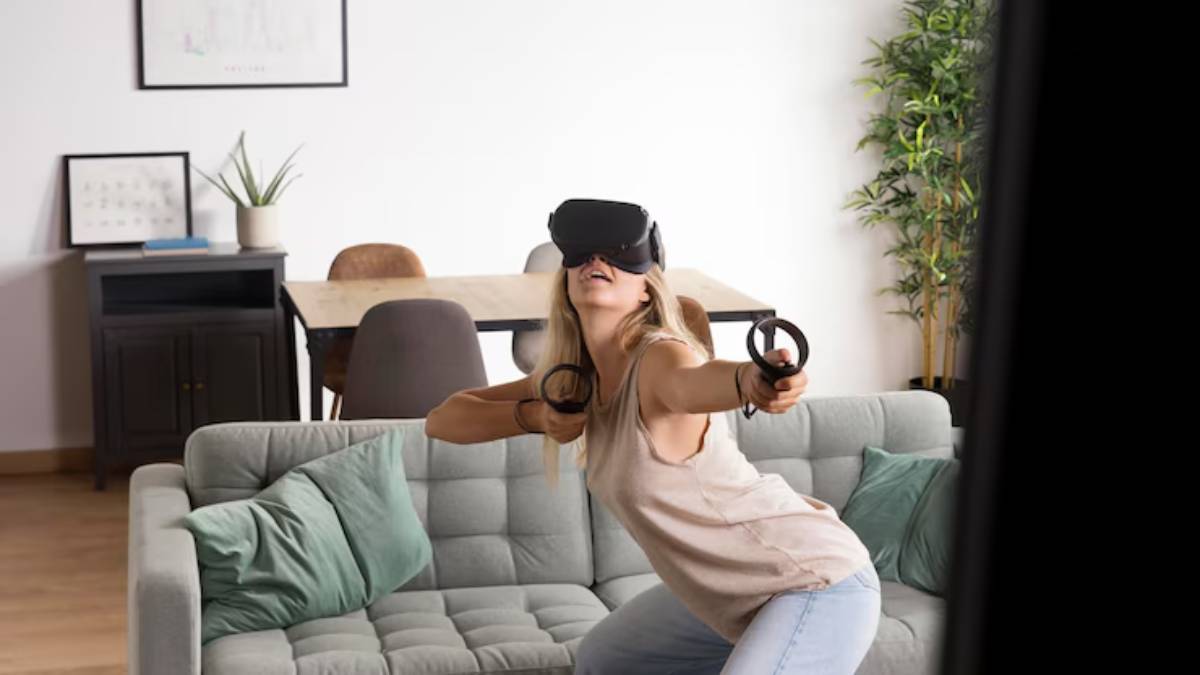
1. Measure your available space
Ideally, you want a minimum of 2m x 2m of completely unobstructed floor area. Use a measuring tape and mark corners with painter’s tape to visualise your boundaries.
2. Remove obstacles and fragile decor
Clear chairs, tables, lamps, or any breakable objects within your reach zone. If you can’t remove large furniture, push it to the corners and pad any sharp edges.
3. Secure your flooring
Hardwood floors can be slippery; thick rugs may cause tripping. A low-pile mat or dedicated VR play mat with a raised edge helps keep your balance and alerts you to boundaries.
4. Check vertical space
Some games require jumping or overhead movement. Ensure you have at least 2.3m of ceiling clearance—more if you’re tall or wear shoes while playing.
5. Set up or calibrate your tracking system
- For inside-out tracking (Meta Quest): Make sure lighting is even and reflective surfaces are minimised.
- For external trackers (HTC Vive, Valve Index): Mount them diagonally, about 2–2.5m high and angled down at 30–45 degrees.
6. Establish digital boundaries
Use your VR system’s boundary feature (like Oculus Guardian or SteamVR Chaperone) to draw a visible safety perimeter. This will trigger alerts when you approach the edge.
7. Manage wires smartly
If you’re using a wired headset, secure cables along the ceiling or through a pulley system. Floor-level wiring should be taped down and run along room edges.
For wired VR headsets, it’s also worth considering your latency and space needs. Check our guide on setup differences between wired and wireless VR.
8. Light your room correctly
Avoid dark rooms or direct sunlight. Soft, indirect lighting works best, ideally coming from the ceiling. Reflective surfaces can interfere with tracking, so cover mirrors or shiny frames.
9. Test and adjust
Run a simple room-scale game or demo to check sensor visibility, responsiveness, and boundary effectiveness. Make small layout changes until everything feels smooth.
Best Practices & Additional Insights
- Practice posture resets: Make it a habit to return to your centre mat between rounds to avoid drifting too close to the edges.
- Create a ‘VR signal’: Use a simple indicator (like a door hanger) to let housemates know you’re playing and shouldn’t be interrupted.
- Protect your gear: Store your headset and controllers in padded cases when not in use—especially if you share the space with pets or children.
- Involve friends in setup: If you’re unsure about room measurements or ceiling clearance, ask someone to help adjust the layout.
- Try it in different rooms: Even small spare bedrooms can work better than cluttered living rooms. Think creatively with your space.
When Tom, a 29-year-old fitness enthusiast, started using room-scale VR for daily boxing workouts, he initially trained in his living room. After a few close calls with his coffee table, he moved to a spare guest room, taped out a 2.5m square, and mounted a ceiling pulley for his cable. That small shift improved his safety and completely elevated the experience.
FAQs
1. How much space do I need for room-scale VR?
Most systems recommend at least 2m x 2m, though some games can work with less. Always clear more space if you plan to move energetically.
2. Can I use room-scale VR in a small apartment?
Yes, if you clear the area and define safe boundaries. Some users play in narrow corridors or move furniture temporarily to create space.
3. Do all VR headsets support room-scale mode?
Not all. Systems like Meta Quest, HTC Vive, and Valve Index are designed for it. Check your headset’s specifications before setting up.
4. Is room-scale VR dangerous?
It can be if done improperly. Risks include collisions, trips, and equipment damage. A safe setup eliminates most hazards.
5. Can I set up VR in a carpeted room?
Yes. Carpet offers natural cushioning, but make sure it doesn’t interfere with your footing or controller tracking.
Conclusion
Room-scale VR unlocks an entirely new dimension of interaction—but only when done safely. By planning your play area, managing your surroundings, and calibrating your system properly, you’ll enjoy greater immersion, reduced risk, and longer, more enjoyable sessions.
Room-scale VR unlocks an entirely new way to interact with your environment. To compare headset options for this style of play, explore our VR headset buying guide.
With the right preparation, your living space can transform into a virtual playground. Now it’s your turn to make it happen—safely.
Found this helpful? Share your setup tips or ask a question in the comments below.


